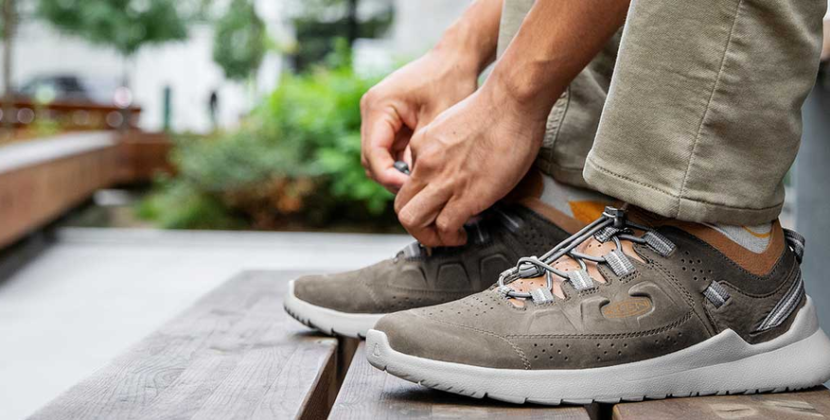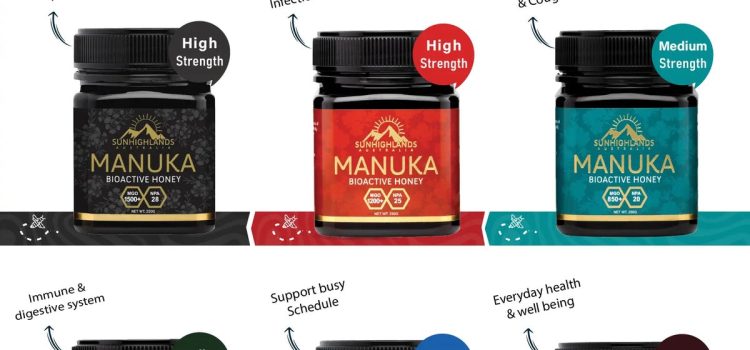
Introduction
Specialty honey offers unique flavors and health benefits you won’t find in run-of-the-mill jars. Whether it’s wildflower honey from remote hills or single-origin manuka, choosing the right bottle can make a big difference. Yet many shoppers fall into honey selection mistakes that leave them with bland or overpriced options. By understanding common missteps, you can shop with confidence and enjoy every spoonful. This guide walks you through the most frequent errors to avoid when choosing specialty honey, so you end up with pure, flavorful honey that matches your taste and budget.
Many buyers spend top dollar on honey expecting health benefits, only to discover they’ve bought something no better than syrup. Here’s how to tell quality from hype and avoid the biggest mistakes.
When Fancy Labels Don’t Mean Real Quality
For something so natural, honey can be surprisingly complicated to shop for. You’ll walk into a store, see dozens of jars with words like “pure,” “organic,” or “raw,” and assume that means quality. But here’s the truth: those words aren’t regulated the way most of us think.
Take “raw honey,” for example. Some brands heat it enough to kill beneficial enzymes and still call it raw. “Local honey” might just be bottled nearby—not actually harvested there. And “premium” often translates to little more than expensive packaging.
For people trying to use honey for specific health or skincare goals, these assumptions can lead to disappointment. The frustration isn’t just about money—it’s about lost trust in a product that should be simple and healing by nature.
The Risks of Getting It Wrong
What happens when you buy the wrong kind of honey?
Let’s say you’re dealing with seasonal allergies and were told local raw honey might help. You head to a health food shop in hopes of finding something authentic. But without realizing it, you buy something that was heated and ultra-filtered, killing off any traces of local pollen. You take it every day and wonder why nothing changes.
Or maybe you’re trying a home remedy to even out your complexion and give your skin a warm honey skin tone. You slather on a generic honey that’s been mixed with corn syrup and processed with chemicals. Instead of glowing skin, you end up with clogged pores—or worse, a breakout.
In both cases, the harm isn’t just physical. It’s discouraging. You start doubting whether honey works at all, when in reality, the problem was the product—not the idea.
Case Study: A Pricey Lesson in Parramatta
Consider the experience of Mark, a small business owner living in Parramatta. Mark had recently renovated a duplex he rents out on Hassall Street and wanted to go natural with his pantry stocking. He’d heard that Manuka honey could boost immunity and help soothe sore throats—something he was interested in as winter approached.
At a boutique health shop in North Parramatta, he picked up a stylish jar labeled “Manuka – Active Honey Blend,” which cost him $42. There was no UMF or MGO number listed, but the store clerk assured him it was “real Manuka.”
After a month of daily use and zero change in how he felt, Mark grew skeptical. He did some digging online and learned that without certification like UMF 10+ or above, there’s no real assurance of medicinal benefit. He ended up buying another jar—this time from a verified New Zealand brand with a UMF 15+ rating.
Breaking Down the Differences: What to Look For
The ongoing debate around manuka vs regular honey often misses the real point: they each serve different purposes. Regular raw honey can be great for general sweetening and minor skin applications. But Manuka—especially when certified with a UMF or MGO rating—has unique antibacterial properties backed by research.
That’s why it’s crucial to check what you’re actually buying.
Here’s what makes all the difference:
- Certification Labels: Look for UMF (Unique Manuka Factor) or MGO ratings on Manuka honey. Anything claiming to be Manuka without this is just honey with a Manuka label.
- Harvest Source: Trust brands that list where the honey was harvested—not just where it was bottled.
- Processing Information: True raw honey is cold-extracted, unpasteurized, and may contain pollen or small wax bits. If it’s crystal-clear and pourable like syrup, it’s likely been over-processed.
- Price vs Claims: If it’s priced high but lacks traceable information or credentials, that’s a red flag.
Why Skin Care Lovers Need to Be Extra Careful
A growing number of people are discovering honey’s benefits for skin—from moisturizing to reducing inflammation. But unless you’re using a raw or medicinal-grade product, you might not be getting the results you’re after.
If your goal is to improve clarity or support a natural honey skin tone, the quality of the honey makes a difference. Topical application of processed honey can block pores or introduce unwanted substances. On the flip side, applying a thin layer of genuine raw or Manuka honey has been known to calm irritation, fade redness, and even support healing for minor blemishes.
It’s also worth noting that skin absorbs what you apply. So, just as you wouldn’t eat additives, you shouldn’t smear them on your face either.
Buy Smart: Tips From the Field
After working with natural products for years, here are a few practical buying tips you can count on:
- Ask About Sourcing: Reliable sellers will tell you where and how the honey was harvested.
- Trust Your Senses: Real honey, especially raw or Manuka, tends to be thick, cloudy, and fragrant.
- Buy From Specialists: Avoid grabbing honey off supermarket shelves unless it’s a trusted brand. Visit farmers’ markets or shops that specialize in natural health.
- Check the Date: Freshness matters. Honey has a long shelf life, but flavor and potency can fade over time.
The Takeaway: Don’t Let Marketing Fool You
The truth is, buying honey shouldn’t feel like a gamble. But if you don’t know what to look for, it often is. Between buzzwords and branding, it’s easy to end up with something that doesn’t meet your needs—whether you’re looking for immune support, natural skin care, or just a healthier sweetener.
Understanding the manuka vs regular honey debate helps clarify what each type is good for. Being intentional about your choices—reading labels, checking certifications, asking questions—makes all the difference.
At the end of the day, honey should be a healing, nourishing experience. When you choose well, it will be.
Need Help Picking the Right Honey or Natural Products?
Whether you’re looking for trusted brands, raw varieties, or safe ways to use honey for wellness or skin, we’re here to help you make sense of your options.
📱61401384788










